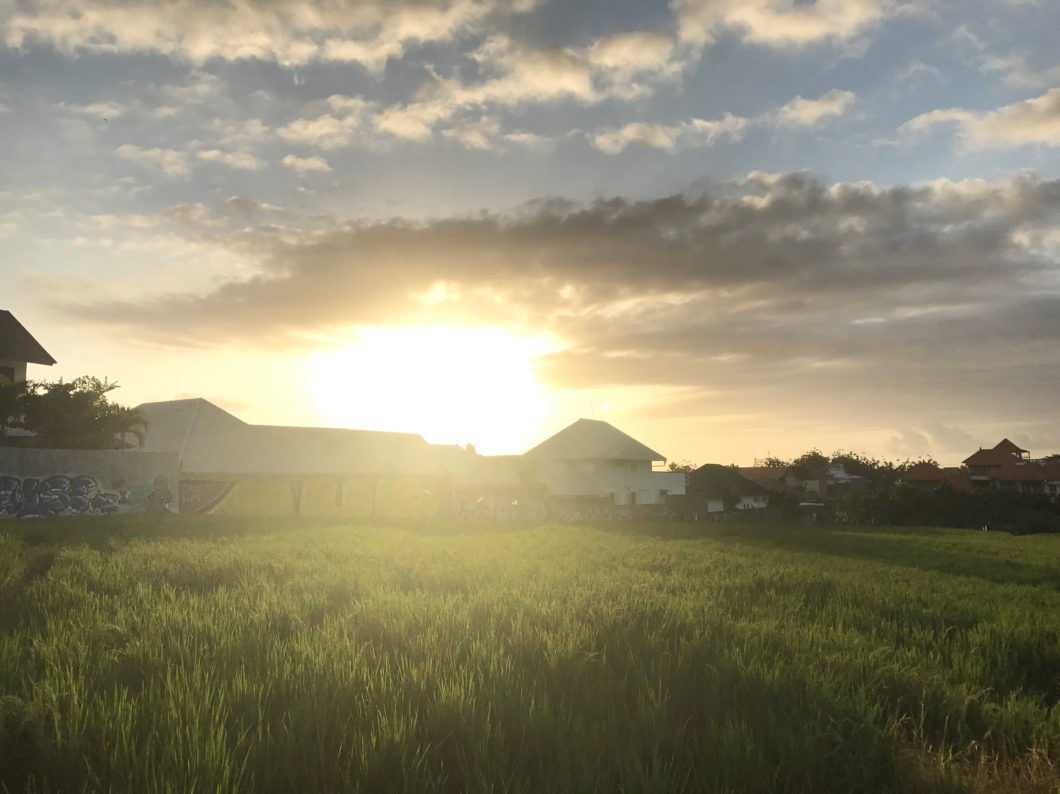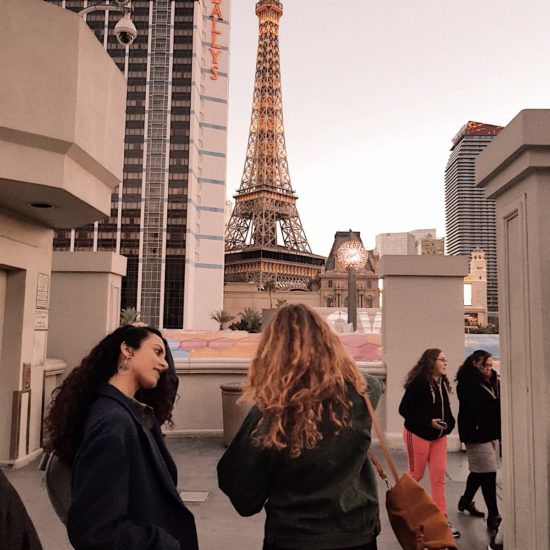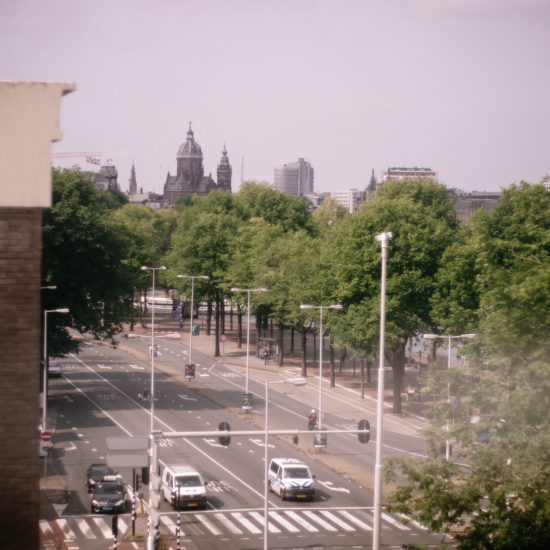Exotic is the word they use for places like these.
Verdant rice fields make up the countryside,
poles bearing makeshift flags of white t-shirts marking the spaces between the green rows.
Engraved and painted swastikas stand out above temple entrances – the symbol startling, but reassuring, as meaning is restored to its original context.
Thick thatched roofs sit on top of intricately carved temple columns, producing an image somewhat akin to skinny legs poking out from underneath a giant hula skirt, with the awkwardness, perhaps, of a bad toupee.
Palm trees extend up from the ground like blades of grass bending from their own weight.
Women with jewel black hair walk past in lace tops the color of saffron and emeralds and dragon fruit—ripe and dripping from the trees.
We learn from a talkative shop owner that every family has their own temple, which explains why temples are as common as the rice fields, rife like seeds thrown into the wind.
Every time we pass one, there seems to be a celebration.
Men labor with wet saws along the side of the road, cutting solid hunks of black rock into thick pieces to be made into statues.
I wonder how such bulky slabs are ever transformed into the likeness of Buddha or Ganesh or the other quickly familiar yet nameless icons that leave their impression on our daily walks.
The figures before which locals leave their incense to burn and the ants to eat their offerings of fruit, flowers, junk food, and a single untouched cigarette, all set delicately inside palm leaves folded into modest trays.
Dogs are different here, too. They don’t come to you when you call but rather roam the island like it’s theirs to own.
Dogs with swollen nipples and dirty coats unlike the ones we have back home. We watch them as they stand in the road, waiting for us to go around, unafraid.
Amidst the lushness there are also countless discarded plastic bottles and other remnants of modern life that can’t be ignored, yet often are.
They collect in canals and on the sides of roads and on the beaches, too.
Beauty and ugliness co-existing.
Signs, I suppose, of a country still developing.
Raw, not pure.
Reminders that the reality of a place lies in a collection of its virtues and its problems.
(Visited 58 times, 1 visits today)




